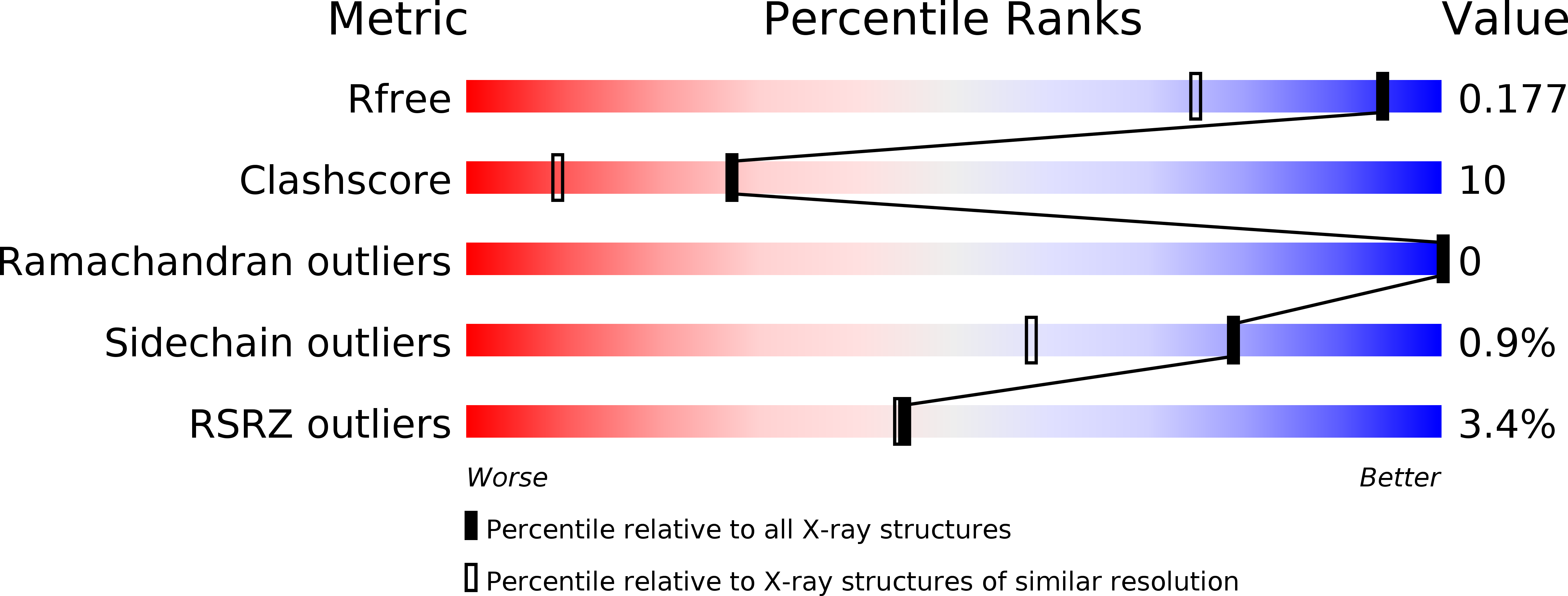
Deposition Date
2001-02-21
Release Date
2001-07-25
Last Version Date
2024-10-16
Method Details:
Experimental Method:
Resolution:
1.40 Å
R-Value Free:
0.17
R-Value Work:
0.13
R-Value Observed:
0.13
Space Group:
P 1 21 1


